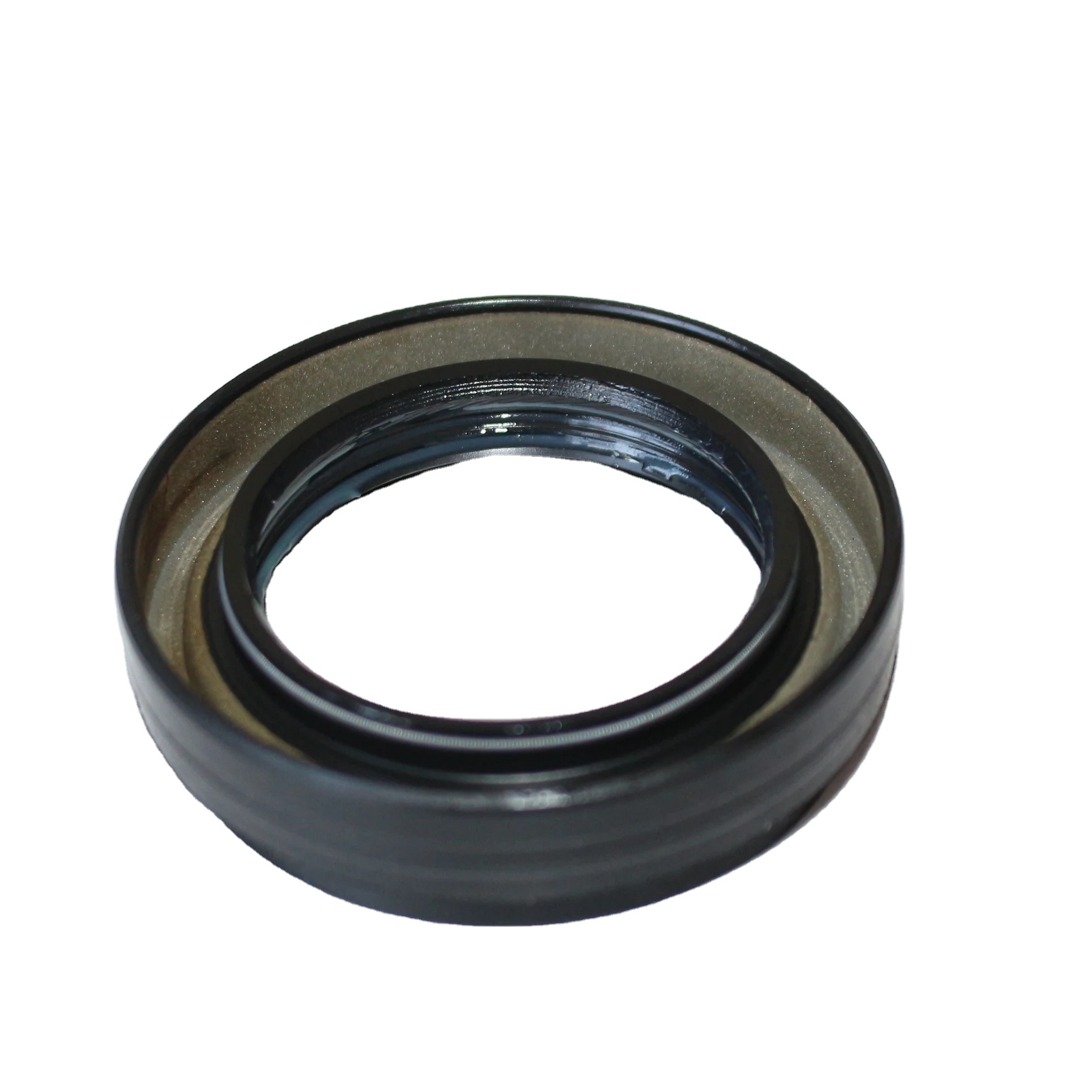Types of Mechanical Oil Seals and Their Applications in Various Industries
Understanding Mechanical Oil Seal Types
Mechanical oil seals are crucial components in many industrial applications, serving to prevent the leakage of fluids and maintain the integrity of machinery. These seals are designed to withstand various environmental factors, including pressure, temperature fluctuations, and exposure to different types of lubricants. Understanding the types of mechanical oil seals is essential for selecting the right one for specific applications.
Types of Mechanical Oil Seals
1. Lip Seals Lip seals are among the most common types of oil seals. They consist of a flexible rubber lip that makes contact with the rotating shaft. The design allows the seal to conform to the shaft's surface, providing an effective barrier against fluid leakage. Lip seals are widely used in automotive engines, pumps, and gearboxes.
2. Radial Seals These seals, also known as rotary seals, function by creating a contact area between the shaft and the seal. They are made from various materials, such as rubber or PTFE, depending on the application. Radial seals are effective in high-speed operations and are commonly used in heavy machinery and industrial equipment.
3. Mechanical Seals Different from traditional oil seals, mechanical seals consist of two flat surfaces that create a barrier between the fluid and the external environment. They rely on a combination of pressure and friction to maintain the seal. Mechanical seals are prevalent in pumps, compressors, and other rotating equipment, especially where high-pressure conditions exist.
mechanical oil seal types

4. O-Rings O-rings are simple ring-shaped seals that can be used in conjunction with other sealing methods. They act as a static or dynamic seal, preventing fluid from escaping between two mating surfaces. O-rings are versatile and can be found in various applications, from household appliances to aerospace technologies.
5. U-Cup Seals Shaped like a U, these seals are often used in hydraulic cylinders. Their design allows them to effectively retain fluids while accommodating the movement of the cylinder. U-cup seals demonstrate excellent sealing capabilities and are made from materials that withstand high pressures and temperatures.
Choosing the Right Seal
When selecting a mechanical oil seal, several factors must be considered, including the type of fluid, operating temperature, and pressure conditions. Compatibility with the sealing material is crucial to prevent degradation and maintain the seal's effectiveness over time. Moreover, understanding the specific application requirements—such as rotation speed and potential for contaminants—will guide the choice of the best-suited seal type.
Conclusion
Mechanical oil seals play a vital role in maintaining the functionality of machinery by preventing fluid leaks. The diversity of oil seal types—from lip seals to mechanical seals and O-rings—offers solutions for various applications and operational demands. By understanding the characteristics and advantages of each type, engineers and technicians can ensure the reliability and longevity of their equipment. Proper selection and maintenance of these seals are essential for optimal performance and efficiency in any system.
-
Understanding the Front Main Engine Seal: Purpose, Maintenance, and Installation
News Jul.29,2025
-
Understanding O-Rings and Seal Rings: Types, Applications, and Custom Solutions
News Jul.29,2025
-
Understanding Crankshaft Oil Seals: Rear Seals, Pulley Seals, and Their Role in Engine Integrity
News Jul.29,2025
-
The Importance of Front and Rear Crankshaft Seals in Engine Performance and Oil Management
News Jul.29,2025
-
Crank Oil Seals: Functions, Types, and Cost Considerations in Engine Maintenance
News Jul.29,2025
-
A Comprehensive Guide to O-Rings and Seals: Types, Materials, and Global Applications
News Jul.29,2025
-
Mastering Diesel and Performance Engine Maintenance: A Guide to Critical Oil Gaskets
News Jul.28,2025
Products categories















